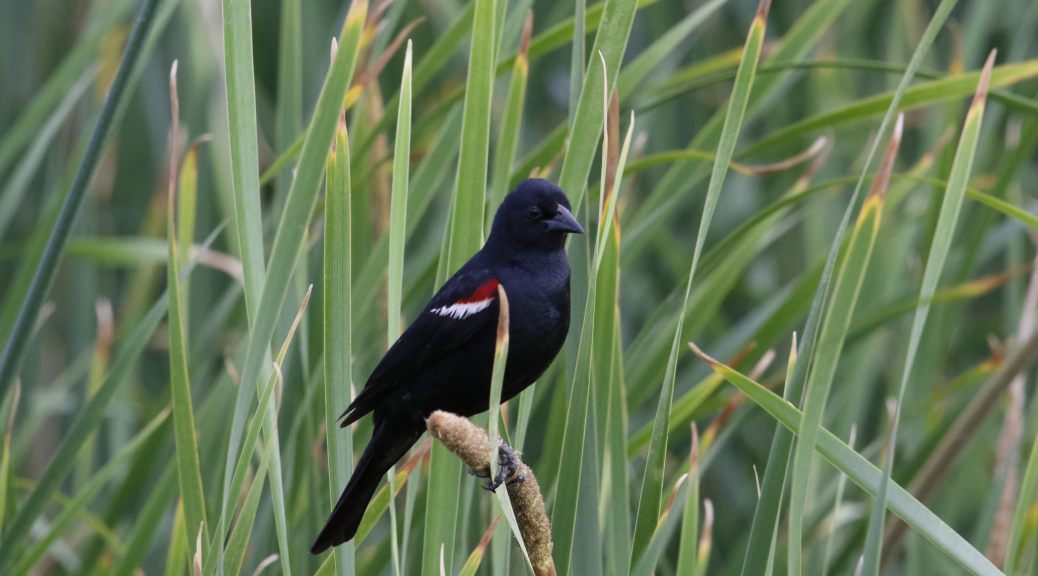
Credit: CDFW
March 28, 2019 - The deadline is looming… how many days left until April 15? Never enough. But you’ll get it done. And when you do, you can support California’s rare, threatened and endangered wildlife species. As you near the end of your California Individual Income Tax Form 540, look for the Voluntary Contributions section. Enter any amount you would like to donate to the California Sea Otter Fund (line 410) and/or the Rare and Endangered Species Preservation Program (line 403).
Any amount you contribute will support state programs that benefit California species at risk of extinction. For most people, donations are tax-deductible the following year.
The Rare and Endangered Species Preservation Program (RESP), has funded work benefiting California’s native at-risk plants, wildlife and fish since 1983. California taxpayers’ donations to this fund have enabled CDFW to obtain grant money from the federal government and collaborate with many other organizations to conserve native wildlife.
For example, CDFW is currently working on projects to save San Francisco garter snakes, tricolored blackbirds, salamanders, mountain yellow-legged frogs, Mohave ground squirrels and California condors.
Last year, the RESP voluntary donations helped provide endangered species protection for the tiny coast yellow leptosiphon (Leptosiphon croceus), which is only known to exist in San Mateo County; the beautiful Lassics lupine (Lupinus constancei), known from only two populations in the remote Lassics mountains of Humboldt and Trinity counties; the uniquely colonial tricolored blackbird (Agelaius tricolor), which is restricted almost entirely to California; and the Humboldt marten (Martes caurina humboldtensis), a small forest carnivore.
Contributions to the California Sea Otter Fund are split between the California Department of Fish and Wildlife (CDFW) and the State Coastal Conservancy to benefit our Southern sea otter (Enhydra lutris nereis) population. The smallest marine mammal once lived in nearshore waters all along California’s coast and in estuaries such as Humboldt, Tomales, San Francisco and Morro bays. Now only 3,000 sea otters occupy a much smaller range. They are protected by the federal Endangered Species Act, Marine Mammal Protection Act and state regulations.
CDFW uses Sea Otter Fund donations for scientific research on the causes of death in California’s sea otters to help inform management actions to protect them.
The Coastal Conservancy uses most of your donations for grants supporting research and conservation actions that facilitate sea otter recovery. Some of that research has investigated factors limiting population growth and opportunities for range expansion to facilitate population recovery.
If someone else prepares your state tax return, please let him or her know you want to donate to the Rare and Endangered Species Preservation Program on line 403 and/or the California Sea Otter Fund on line 410. If you use TurboTax, step-by-step instructions to help you find the California Contribution Funds are posted on the CDFW website.
CDFW biologists have achieved important recovery milestones and protected vulnerable species, thanks to California taxpayers. More information about how CDFW uses donated funds is at www.wildlife.ca.gov/tax-donation and at www.facebook.com/seaotterfundcdfw.
Source: CDFW








